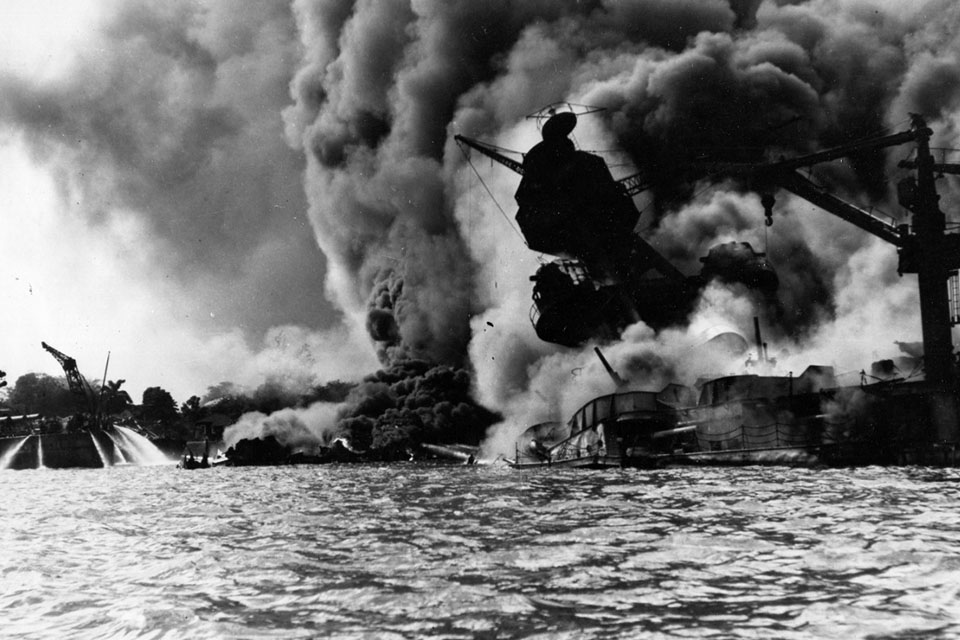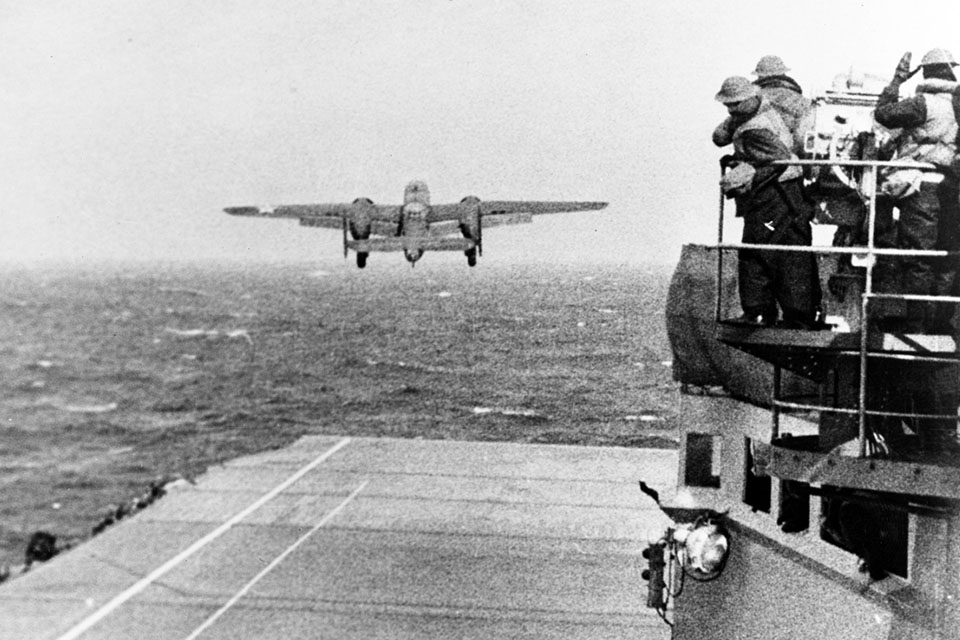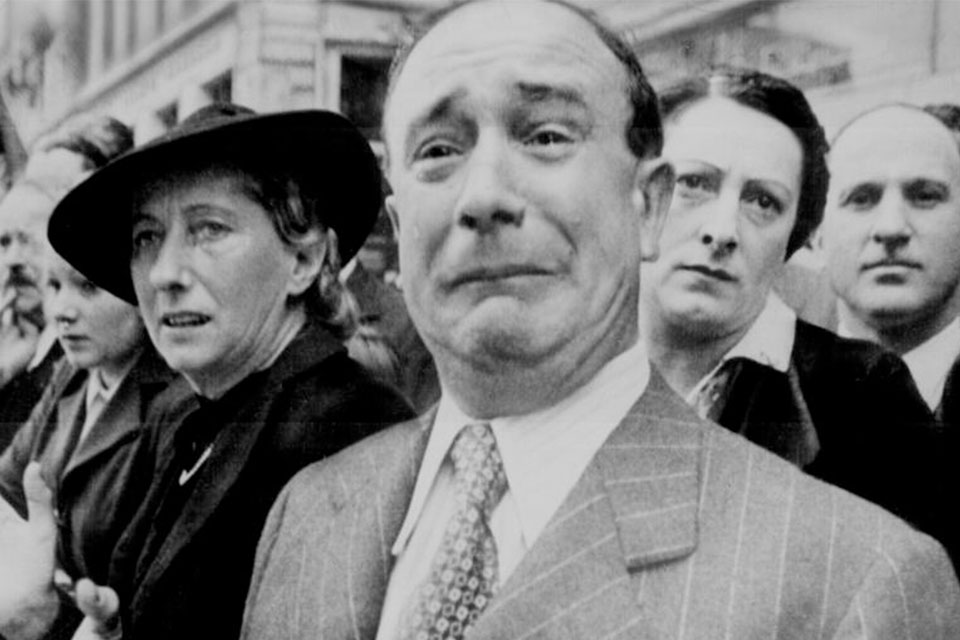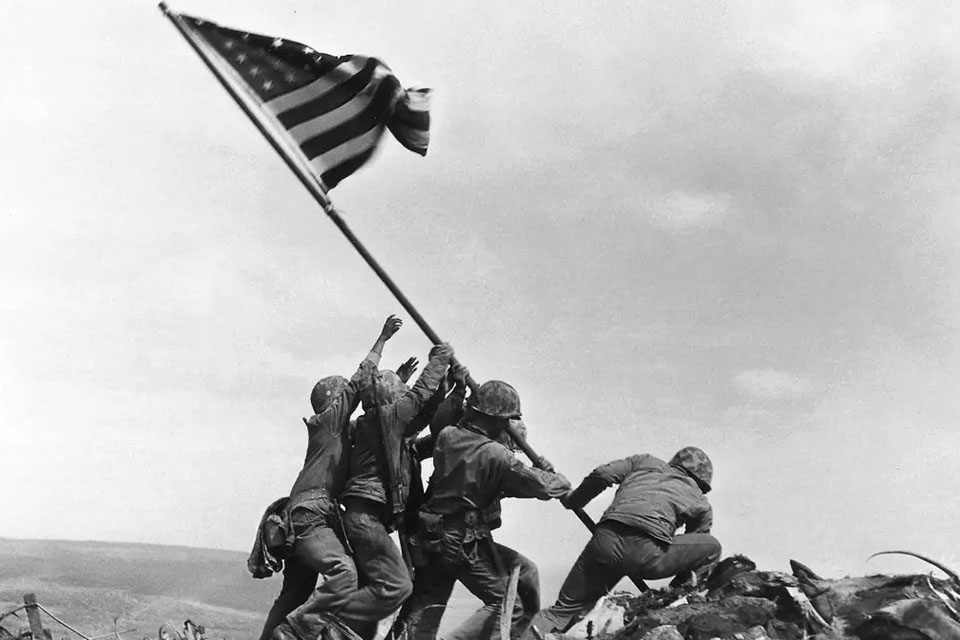The Second World War marked the deadliest conflict in human history, spanning nearly all continents on Earth. Next to soldiers, sailors, and Marines, war photographers were there in the jungles, deserts, streets, and snow to capture not only the devastation that the war wrought, but the victories as well.
Below are some of the most poignant moments captured during the six year conflict.









